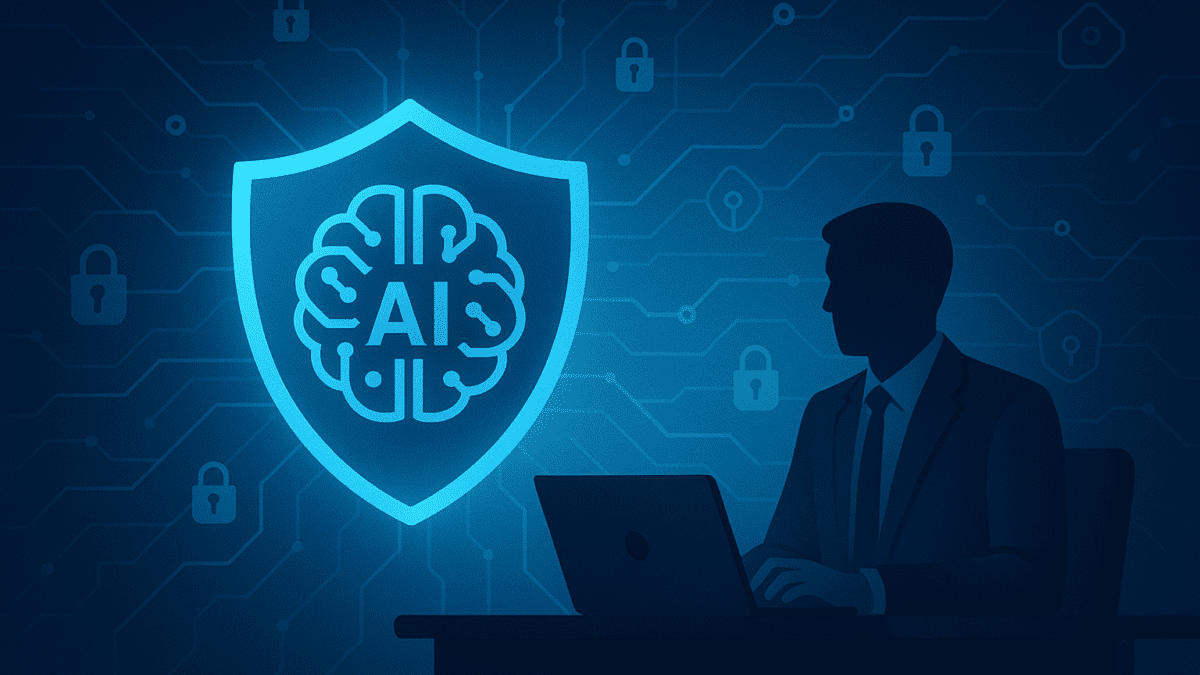AI-Driven Cybersecurity: Protecting Businesses in the Age of Smart Threats
In today’s hyper-connected world, cyber threats are no longer just about viruses or phishing emails—they’ve evolved into smart, adaptive attacks targeting businesses of all sizes. Traditional cybersecurity methods are struggling to keep up. This is where Artificial Intelligence (AI) steps in, revolutionizing the way organizations detect, prevent, and respond to cyber threats.
Why Cybersecurity Needs AI
Cybercriminals are leveraging AI and automation to launch sophisticated attacks such as:
- Ransomware that adapts to defense measures
- AI-powered phishing campaigns that mimic human communication
- Zero-day exploits that bypass traditional signature-based security
These “smart threats” require equally smart defenses. AI-driven cybersecurity solutions provide real-time analysis, predictive threat detection, and automated response mechanisms, making them essential for modern businesses.
How AI Enhances Cybersecurity
1. Threat Detection and Prediction
AI systems use machine learning algorithms to analyze vast amounts of network data and identify anomalies. For example, unusual login patterns, abnormal data transfers, or suspicious user behaviors can be flagged before a breach occurs.
2. Automated Response
When AI identifies a potential threat, it can trigger automated responses, such as isolating affected systems or blocking suspicious IP addresses. This drastically reduces response time compared to manual interventions.
3. Behavioral Analysis
Instead of relying on static rules, AI learns normal behavior within a network and detects deviations. This approach is highly effective against insider threats and evolving malware.
4. Enhanced Endpoint Protection
AI-powered endpoint security tools continuously monitor devices for unusual activity, ensuring that every endpoint—from laptops to IoT devices—is protected against advanced threats.
Real-World Applications
- Finance: AI monitors millions of transactions to detect fraudulent activity in real-time.
- Healthcare: Protects sensitive patient data and medical devices from ransomware attacks.
- Manufacturing & Critical Infrastructure: Detects anomalies in industrial control systems to prevent operational disruptions.
Challenges of AI in Cybersecurity
While AI is a game-changer, there are limitations:
- False Positives: Overly sensitive systems may flag legitimate activity as threats.
- Ethical Concerns: AI decision-making can be opaque, raising accountability issues.
- Resource Intensive: Training AI models requires significant data and computational power.
Despite these challenges, the benefits of AI-driven cybersecurity far outweigh the drawbacks, particularly for businesses dealing with high volumes of sensitive data.
The Future of AI-Driven Cybersecurity
AI will increasingly become the first line of defense for businesses. Future trends include:
- Integration with cloud security platforms for real-time protection across distributed networks
- Predictive threat intelligence using global cyber-attack data
- Adaptive AI models that evolve with emerging threats
Organizations that adopt AI-driven cybersecurity early will gain a competitive advantage, protecting not only their data but also their reputation and customer trust.
Conclusion
Smart threats require smart defenses. AI-driven cybersecurity is no longer a luxury—it’s a necessity for businesses aiming to stay secure in a world of constantly evolving cyber risks. By combining real-time threat detection, automated responses, and predictive analysis, AI empowers organizations to stay one step ahead of cybercriminals.
Turn your insights into high-quality B2B leads with expertly crafted whitepapers. Contact us today to start generating measurable business growth!





